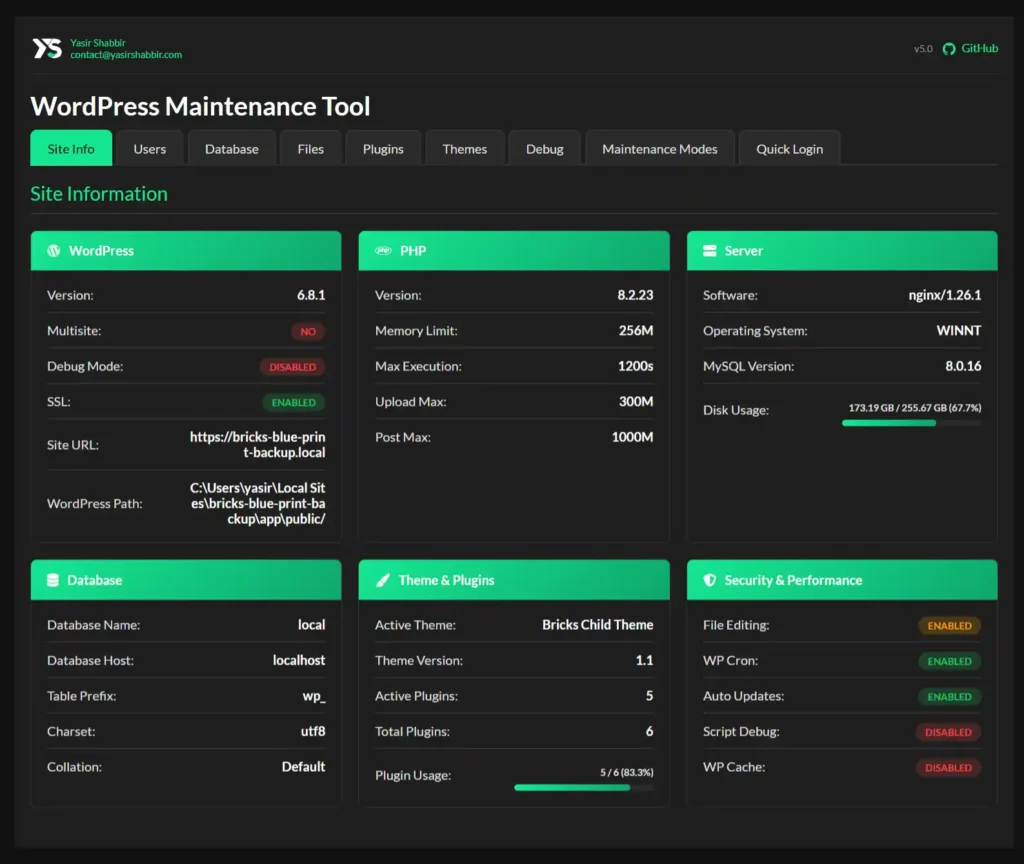As the world becomes more connected and technology advances, so do the need for effective digital marketing. This guide will teach you everything you need to know to get started in digital marketing.

What is Digital Marketing?
Digital marketing is the process of creating and executing a marketing plan that uses digital technologies to reach and engage customers. It can be split into three main categories: online marketing, offline marketing, and mobile marketing.
Online Marketing
Online marketing includes everything from website design and development to online advertising. It can aim to create a connection with customers through the use of digital platforms, such as social media, email campaigns, and webinars.
Offline Marketing
Offline marketing refers to methods of connecting with customers that don’t rely on technology. This could include things like print ads, TV commercials, or direct mailings. Offline marketing can be more expensive than online or mobile marketing but it can reach a wider audience.
Mobile Marketing
Mobile marketing is the use of digital technologies to reach and engage customers through their smartphones and other mobile devices. Mobile advertising is the most common form of mobile marketing, but there are also other forms such as in-app messaging and push notifications.

What Is Digital Marketing Strategy?
A digital marketing strategy is a plan that outlines how you will reach and engage your customers through digital channels. It should include an assessment of your current digital capabilities and an analysis of your customers’ behavior and needs.
What Is A Digital Marketing Audit?
A digital marketing audit evaluates your website, online marketing, and mobile marketing campaigns to determine how effective they are. It can also include an assessment of your customer base and competitor websites.
What Are The Benefits Of Digital Marketing?
There are many benefits to using digital technologies to reach and engage customers. These include:
– Reduced cost of campaigns: Online and mobile marketing can be cheaper than traditional methods like print ads or TV commercials.
– Increased reach: With the increase in smartphone usage, digital technologies offer a wider reach than ever before.
– Increased engagement: Digital technologies allow you to connect with customers on a much deeper level than traditional methods. This can result in higher conversion rates and longer-term customer loyalty.
– Increased customer loyalty: Digital technologies can build a strong connection between your business and your customers, making loyal customers more likely to recommend you to their friends.
So now that you know what digital marketing is and what benefits it has, it’s time to get started on your own digital marketing strategy. With the help of this guide, you will be on your way to reaching and engaging customers through the use of digital technologies.

What Are The Different Types of Digital Marketing?
There are three main types of digital marketing: online, offline, and hybrid.
Online
Online marketing includes everything from website design and development to online advertising. It can aim to create a connection with customers through the use of digital platforms, such as social media, email campaigns, and webinars.
Offline
Offline marketing refers to methods of connecting with customers that don’t rely on technology. This could include things like print ads, TV commercials, or direct mailings. Offline marketing can be more expensive than online or mobile marketing but it can reach a wider audience.
Hybrid
Hybrid marketing is a combination of online and offline marketing tactics. It might involve using both online and offline channels to reach a certain target market, or it might involve using offline channels to promote an online product.

What Are The Different Types of Digital Technologies?
There are five main types of digital technologies: digital media, digital marketing, digital technology, digital analytics, and digital marketing automation.
Digital Media
Digital media includes things like photos, videos, and blogs. They can be used to create a connection with customers on a personal level.
Digital Marketing
Digital marketing includes everything from website design and development to online advertising. It can aim to create a connection with customers through the use of digital platforms, such as social media, email campaigns, and webinars.
Digital Technology
Digital technology includes things like smartphones, tablets, and computers. It allows businesses to connect with customers through digital channels.
Digital Analytics
Digital analytics includes everything from tracking website traffic to measuring customer behavior. It can help you optimize your website and marketing campaigns for maximum results.
Digital Marketing Automation
Digital marketing automation includes tools that automate the tasks of digital marketing planning and execution. This can save you time and help you achieve your goals more quickly.

What Are The Different Types of Customer Engagement?
There are five main customer engagement strategies: acquisition, activation, loyalty, retention, and advocacy.
Acquisition
Acquisition refers to the process of attracting new customers. This could involve things like advertising, web design, and email marketing.
Activation
Activation refers to the process of converting a customer from an acquisition channel into a loyal customer. This could involve things like providing quality products and services, responding quickly to customer complaints, and providing good customer support.
Loyalty
Loyalty refers to the level of commitment a customer has to your business. It can be measured in terms of the frequency of visits, spending, and advocacy.
Retention
Retention refers to the length of time a customer remains active with your business. It can be measured in terms of the frequency of visits, spending, and advocacy.
Advocacy
Advocacy refers to promoting your business on behalf of other customers.
There are a few different types of online marketing that businesses can utilize to reach their target audiences. These include:
- Search engine optimization (SEO)
- Search engine marketing (SEM)
- Content marketing
- Social Media Marketing (SMM)
- Pay-per-click advertising (PPC)
- Affiliate marketing
- Email marketing

Conclusion
This guide has covered everything you need to know to get started in digital marketing. You now have the foundation to develop successful online marketing campaigns.
Digital marketing is an important part of any business strategy. It can help you connect with customers on a personal level, create a connection with customers through the use of digital platforms, and achieve your goals more quickly. Thank you for reading!




